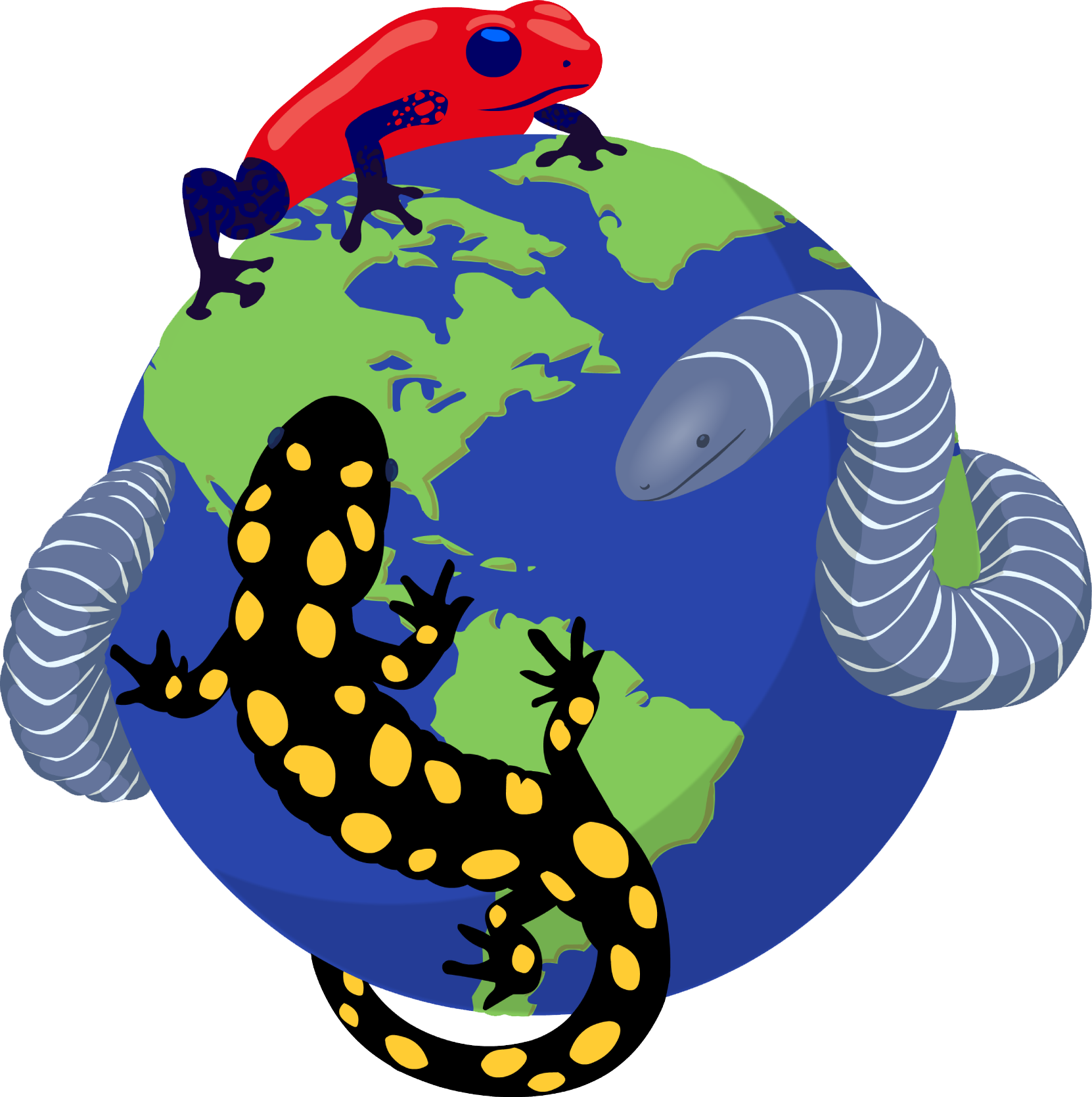|
Centrolene charapita Twomey, Delia & Castroviejo-Fisher, 2014
Charapita Glassfrog, Rana de Cristal Charapita. | family: Centrolenidae subfamily: Centroleninae genus: Centrolene |
| Species Description: Twomey E, Delia J, Castroviejo-Fisher S 2014 A review of northern Peruvian glassfrogs (Centrolenidae), with the description of four new remarkable species. Zootaxa 3851: 1-87. | |
|
|
|
Description This species can be diagnosed by having scalloped enameled ulnar and tarsal folds. It can be distinguished from other glass frogs that also bear these folds by its large size (> 34.0 mm). It also has a truncated snout in profile, whereas other glass frogs with ulnar and tarsal folds have sloping snouts in profile. The exception, C. geckoideum, is twice as large as C. charapita. No similar species of glass frogs have both the ocelli pattern on the dorsum and the enameled warts on interdigital webbings and fringes (Twomey et al. 2014). In life, dorsal and dorsolateral surfaces have a base color composed of a dark green reticulum embedded with yellow or pale green ocelli. The reticulum is darker around these ocelli. There is white coloration present on the upper lip and the discs of fingers and toes I, II, and III. There is no pigmentation present on the ventral surface, flanks, upper arms, and fingers and toes I and II. Parts of the peritoneum are visible through the non-pigmented ventral surface, this tissue is transparent in its posterior two thirds and white in its anterior third. The visceral peritoneum is white and the hepatic peritoneum is transparent. All toe discs are white except for those of toes IV and V, which are the same color as the dorsum. The iris is composed of a ground color of off white to light grey with a reticulation of yellow shades and black dots (Twomey et al. 2014). In preservative, the ground color is a lavender grey reticulum embedded with cream ocelli. The reticulum is darker around the ocelli. All other coloration is similar to the frog in life except that the iris reticulum lacks the yellow shades, finger and toe III have some pigmentation at the tip, and finger IV and toes IV and V share the same coloration as the back. Additional peritonea are visible through dissection of a preserved specimen and reveal transparent pericardial, renal, and gonadal viscera (Twomey et al. 2014). This species is only known from two individuals of the same population, so characteristics may vary as more individuals are found. This could also include molecular analyses that could influence its close phylogenetic position to C. geckoideum (Twomey et al. 2014). Distribution and Habitat Country distribution from AmphibiaWeb's database: Ecuador, Peru
Life History, Abundance, Activity, and Special Behaviors Trends and Threats Comments The glass frog C. geckoideum is a sister species to C. charapita (Twomey et al. 2014). The specific epithet charapita comes from the yellow ocelli that color the backside of this species – they resemble the charapita pepper that is found in the local Amazonian lowlands (Twomey et al. 2014).
References
Twomey, E., Delia, J., Castroviejo-Fisher, S. (2014). ''A review of northern Peruvian glassfrogs (Centrolenidae), with the description of four new remarkable species.'' Zootaxa, 3851, 1-87. Originally submitted by: David Burkart (first posted 2015-06-17) Edited by: Gordon Lau, updated Michelle Koo (2018-03-22) Species Account Citation: AmphibiaWeb 2018 Centrolene charapita: Charapita Glassfrog <https://amphibiaweb.org/species/8212> University of California, Berkeley, CA, USA. Accessed Jun 14, 2025.
Feedback or comments about this page.
Citation: AmphibiaWeb. 2025. <https://amphibiaweb.org> University of California, Berkeley, CA, USA. Accessed 14 Jun 2025. AmphibiaWeb's policy on data use. |


 Map of Life
Map of Life